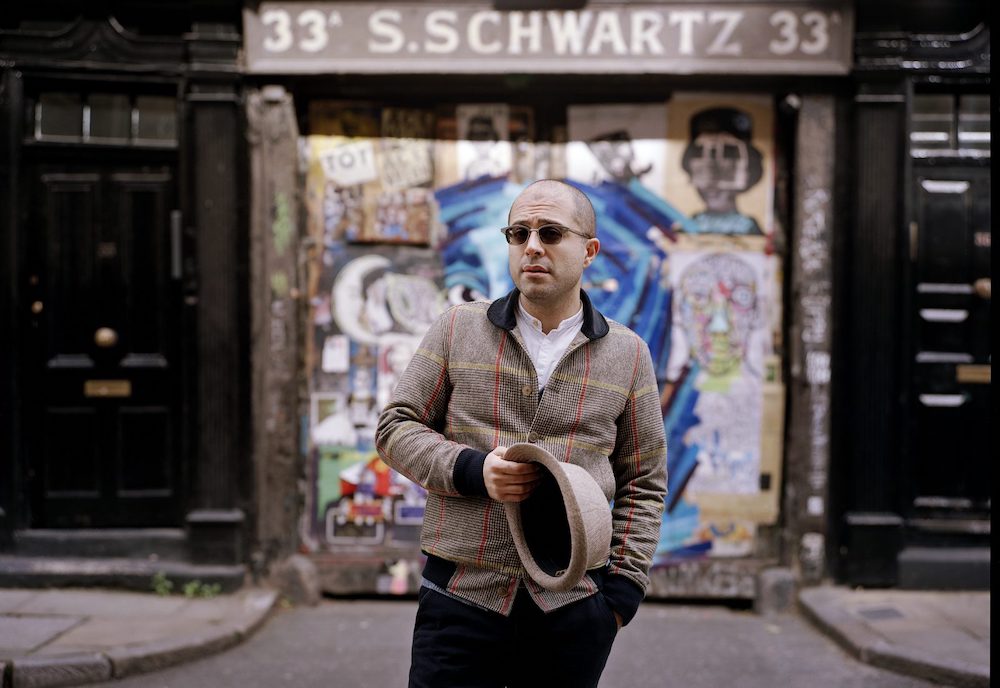Mahan Esfahani is unquestionably a latter-day philosopher of the harpsichord. And like any good philosopher, you may not always agree with him, but he is always interesting, never boring. So, he proves again here, with his epic new recording of a cornerstone of the keyboard repertoire, Book I of JS Bach’s The Well-Tempered Clavier. It’s quite the ride.

Esfahani combines philosophy with theatre while insisting on the integrity of the 24 preludes and fugues as a whole. As he writes in yet another brilliant, provocative booklet essay, “it should be listened to as one great piece rather than an assortment of smaller movements.” To emphasise this, he reprises here, as he does in concert, the opening C major prelude after the final B minor fugue.
Esfahani also rails against the Romantics’ ossification of Bach’s music while stressing the fugues’ latent dramatic qualities. One is “a great choir on a feast day”; another, “the 18th-century foreshadowing of the prelude to Wagner’s Die Meistersingers.”
Much of the recording’s character stems from the instrument itself: a German double by Huw Saunders, based on a harpsichord by Johann Heinrich Harrass (c.1710). Saunders describes it as “an interesting amalgam of styles and practices” – Italianate bracing, Flemish features, French coupler – yielding a clear, modern sound.
Tuner Simon Neal, meanwhile, rejected equal temperament. “We are both firmly in the camp of using an unequal temperament of course”, he writes, ensuring that each key has its own expressive colour, from luminous major thirds to spikier, more abrasive intervals. And the playing? Fabulous, of course – effortlessly virtuosic yet outstandingly musical – and definitely compelling enough for the recording to be devoured at one sitting, as Esfahani intends.

Mahan Esfahani. Photo © Kaja Smith
There’s the expressive flexibility in tempo towards both extremes – for example in the E-flat minor and F minor preludes, or the G major prelude and B-flat major fugue. The dramatic and narrative shaping via tension, momentum and contrast, as in the C minor and D minor preludes and the D minor and B minor fugues.
There’s spaciousness and clarity, with plenty of room around voices – listen to the C-sharp minor prelude or the F-sharp minor fugue. There’s rhetorically alert rubato, a deliciously lyrical use of the instrument’s sonority and colours and, perhaps best of all, a real improvisatory character to much of the playing.
Going back to some other notable harpsichord recordings, Suzuki’s 2024 release for BIS features swifter tempi on the whole but also an even more rhetorical approach, perhaps informed by his immense experience as a conductor of Bach’s orchestral and choral works. Compare, for example, his D major fugue, which emphasises more than Esfahani’s the French Overture style of the piece by using over-dotting and lavish ornamentation.
While Christophe Rousset tends towards flamboyance and Richard Egarr towards an even more improvisatory quality than Esfahani, Trevor Pinnock’s 2020 recording on DG is perhaps the one you’d most be happy to live with, offering an expository delivery that is nonetheless immensely stylish.
Ultimately, Esfahani’s take on WTC Book I embraces diverse performing traditions, historicism, modernism and the capacity for Bach’s music to be different things to different people – and thus for all people, for all time.
Composer: Bach
Work: The Well-Tempered Clavier Book I
Performer: Mahan Esfahani hpscd
Label: Hyperion CDA68451/2 (2CD)











Comments
Log in to start the conversation.